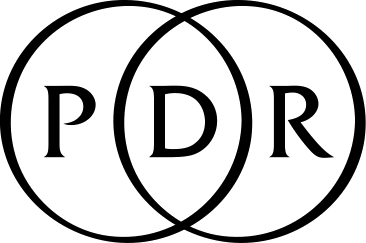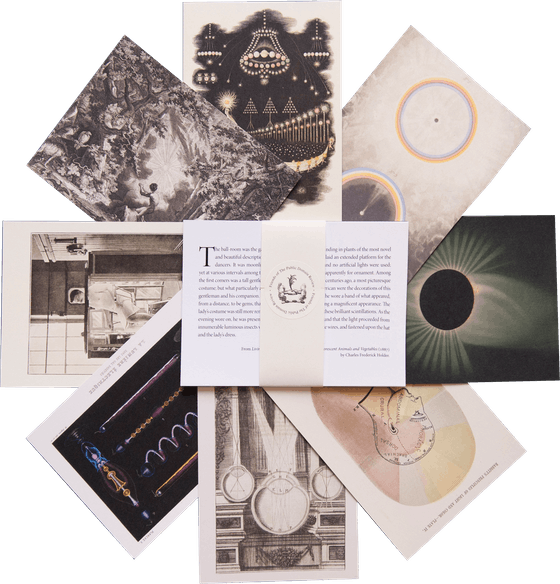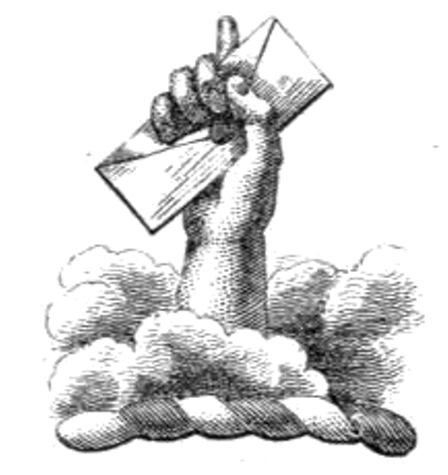
Drawing on Tradition: Elena Izcue’s Peruvian Art in the School (1926)
The 1930 course catalogue at Lima’s Escuela Nacional de Bellas Artes (National School of Fine Arts) announced a new class that would spark months of fierce debate in the popular press. In an open letter published in the newspaper El Comercio, Antonino Espinosa Saldaña heavily criticized the school’s inclusion of a lecture series on Inca art, stating quite bluntly that such a thing did not exist. “It was not a civilization of aesthetes, cultivators of beauty, of line, of color, of form”, the painter wrote, and while Espinosa deemed the output of earlier cultures in the region more striking, applying even these motifs to contemporary works would produce only “annoying agglomerations of incomprehensible monsters”. The ENBA’s Inca art class — and the calumny it provoked — took place against the backdrop of the ascendent Indigenist aesthetic movement, which sought to anchor Peru’s artistic future in the pre-Columbian past, skipping over, as it did so, the gilt-bedecked products of Spanish colonial rule. Debates about something as innocuous as an art class, then, were shorthand for much larger and more fundamental questions about the nature of Peruvian national identity in the modern era and the position of Indigenous people in society.
It was in the context of these aesthetic and political currents that the designer Elena Izcue produced El arte peruano en la escuela (Peruvian art in the school), a set of drawing workbooks featuring motifs taken from Indigenous ceramics and textiles. Published by Editorial Excelsior in Paris in 1926 (although some date the second volume later, to 1929), the two books feature lizards, llamas, and pelicans capering over gridded pages, which both facilitate copywork and highlight the geometric sophistication of each design. (A third volume, referenced by archival sources, appears to have been scrapped due to budgetary constraints.) Izcue’s books came amid a wave of excavations across Peru that radically altered our understanding of the pre-Hispanic world. Julio C. Tello, the godfather of Peruvian archaeology and an acquaintance of Izcue, had recently published his findings on Chavín de Huántar, one of the oldest known urban centers in the Americas. Around the time El arte peruano went to print, he also unearthed hundreds of magnificent Paracas textiles at a coastal necropolis with the help of his student Toribio Mejía Xesspe, who would shortly go on to provide the first scholarly description of the Nazca Lines, monumental millennia-old geoglyphs in the desert of southern Peru.
Izcue was deeply influenced by the ancient history that was being rewritten around her, and she wanted to make sure that young people felt pride in autochthonous artistic achievements that had long been either ignored or openly disparaged. “For the first time”, the preface crows, “an effort has been made to extract from the buried traditions of the past — literally buried in cemeteries — the elements of a renaissance of popular art”.
Elena Izcue, El arte peruano en la escuela, vol. 2 (Paris: Editorial Excelsior, 1926).
Though Izcue largely frames El arte peruano as classroom material for primary school students, contemporary commentators emphasized another equally important use for the books: revitalizing domestic craft production by grafting it to a non-European fount of influence. The second volume provides suggestions for what kinds of objects — from book covers to curtains — might be most suited to each motif and even includes visual aids for how the figures might be flipped and tessellated. The adaptation of a pre-Hispanic visual vocabulary to modern design work would become a calling card for Izcue over the course of her own career: after winning a government scholarship in 1927, she moved to Paris along with her sister Victoria (an artist in her own right) and began studying under Fernand Léger. Izcue’s Indigenist aesthetic was enthusiastically received by the Parisian fashion world, and she soon found work with couturiers such as House of Worth and Elsa Schiaparelli, who attributes the inspiration for her signature “shocking pink” in part to Andean weaving (though it is worth noting that her employers rarely acknowledged Izcue’s contributions explicitly). Reviews of a 1935 art exhibition that Izcue curated in New York say that Peruvian-inspired designs had become all the rage in the United States, while another credits Izcue with setting off an artistic renaissance in Peru akin to Diego Rivera in Mexico.
Though the introductory texts and excerpted reviews of El arte peruano generally reference “Inca art”, the majority of its designs were inspired by works from other, earlier cultures. A parade of mice appears to be inspired by Nazca ceramics, whereas an arch-backed feline resembles figures from Paracas or Chancay weaving. The motifs are abstracted from their original contexts, with no information provided on their symbolic meaning or what the objects they were drawn from would originally have been used for. This flattening, as Natalia Majluf and Luis Eduardo Wuffarden argue, presents the pre-Hispanic world not as a tapestry of cultures that by turns flourished and faded, banded together and made war, but as a single homogenous mass. As a result, it was easier to rhetorically package the modern Peruvian state — ethnically diverse and emerging from bitter territorial disputes with its neighbors — as unified and eternal, the true heir of Tawantinsuyu. Izcue, herself a former schoolteacher, is explicit in her desire to provide children not only with an artistic education but a civic one: invoking instructors’ “patriotic sentiments”, Izcue’s preface expresses the hope that her workbooks will inspire “a strong nationalism, serious and fertile, that today’s teachers have the sacred obligation to foster”.
Enjoyed this piece? We need your help to keep publishing.
The PDR is a non-profit project kept alive by reader donations – no ads, no paywalls, just the generosity of our community. It’s a really exciting model, but we need your help to keep it thriving. Visit our support page to become a Friend and receive our themed postcard packs. Or give a one-off donation. Already a supporter? A huge thank you for making all this possible.
Jun 5, 2025





